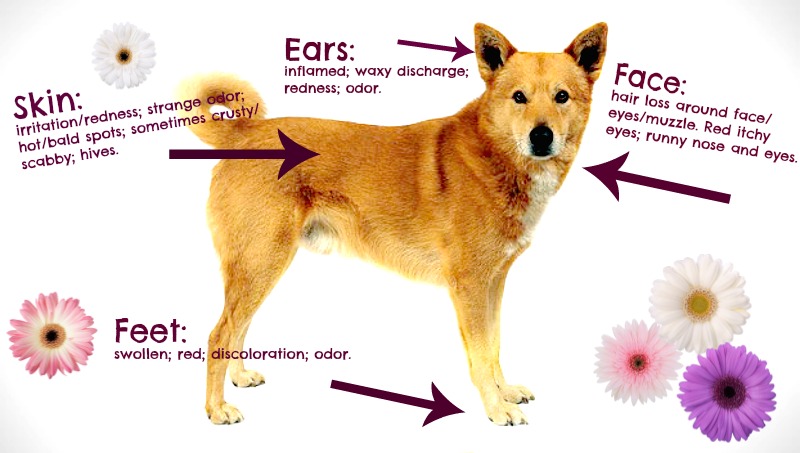
How Do You Know If A Dog Has Seasonal Allergies. The sneezing will be accompanied by a clear discharge from the nose and eyes. A frightening yet harmless breathing issue in dogs that can be caused by an allergen is Reverse Sneezing. The following list will go more in-depth with some signs that may suggest that your dog is suffering from allergies. Youll notice bald spots near your dogs face most commonly.

How do you know if your dog has seasonal allergies. Flea allergy dermatitis is an allergic reaction to fleabites. Now that you know that dogs get seasonal allergies just like we do you might not be surprised to learn that the cause is the same. One common method is an intradermal skin test. Mites congregate in spots which become scaly and bald. Some dogs experience itchy swollen skin while others suffer from diarrhea and vomiting.
7 Signs Your Pet Has Seasonal Allergies By Maura McAndrew For millions of people springtime means allergiesitchy eyes runny noses and general discomfort.
A frightening yet harmless breathing issue in dogs that can be caused by an allergen is Reverse Sneezing. Here are a few things you should to do to help control any discomfort your dog may be dealing with due to seasonal allergies and reduce the risk of. Karen Becker discussing reverse sneezing. Itchy skin and recurrent ear infections are the most common signs of seasonal allergies in dogs but your pet may also experience red swollen eyes a clear runny nose and fits of sneezing. In certain cases a secondary infection may develop. Dogs with seasonal allergies may begin sneezing excessively.